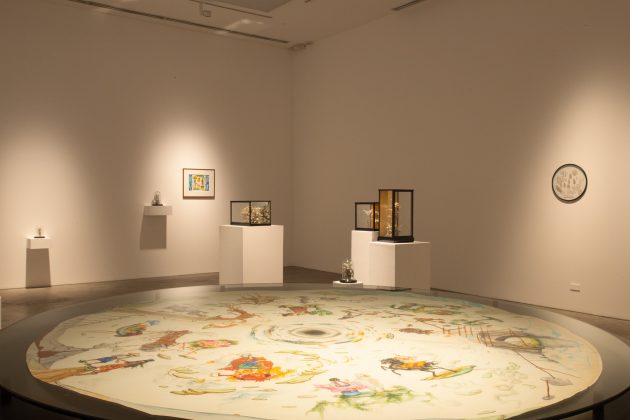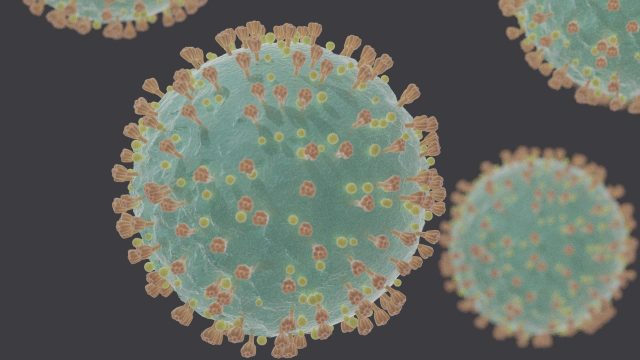SEC calls on firms to participate in ‘Present Me Anything’ sessions
By Keren Concepcion G. Valmonte, Reporter
THE Securities and Exchange Commission (SEC) is calling on the public to participate in its “Present Me Anything” (PMA) sessions, which it described as a venue for companies to pitch their “ideas relative to their innovation or business models.”
Companies will be presenting their pitches to the regulator’s Philifintech Innovation Office.
“These sessions will serve as a starting point for the Innovation Office to better understand the applicant’s business model or innovation,” SEC Commissioner Kelvin Lester K. Lee said in a private message sent via Twitter on Friday.
“For now, we’re still gathering applications from interested parties,” he added.
According to the PMA session guidelines, the SEC aims to support the country’s growing financial technology (fintech) industry through “appropriate policy responses that promote innovation and mitigate the corresponding risks, all for investor protection and at the same time, the integrity of the fintech industry, from other individuals or groups that take advantage of financial innovations for fraudulent purposes.”
The PMA sessions will be used to assess if the company’s innovation “easily fits with the existing regulatory frameworks or not.”
Companies may request for a PMA session with the SEC’s Innovation Office through a request form, where applicants must detail their business model or innovation, the problems it aims to address, and its unique value proposition.
The SEC said the PMA session will consider an idea an innovation “if it is new or significantly different from the existing products or services available in the market.”
It should also discuss the innovation’s “consumer benefit,” such as providing a higher quality customer experience and if it will result in the lowering of the price of products or services.
However, the SEC clarified that the conduct of the PMA session and the statements made during the session are not binding and do not constitute an approval or an endorsement of the innovation.
“The Innovation Office reserves the right to change its views and is not bound by any statements shared by any of its members during the PMA Sessions,” the SEC said in a disclaimer note.
“The change of views may include, but not limited to, further receipt and review of information, as well as a change in the law or rules related to the innovation,” it added.















